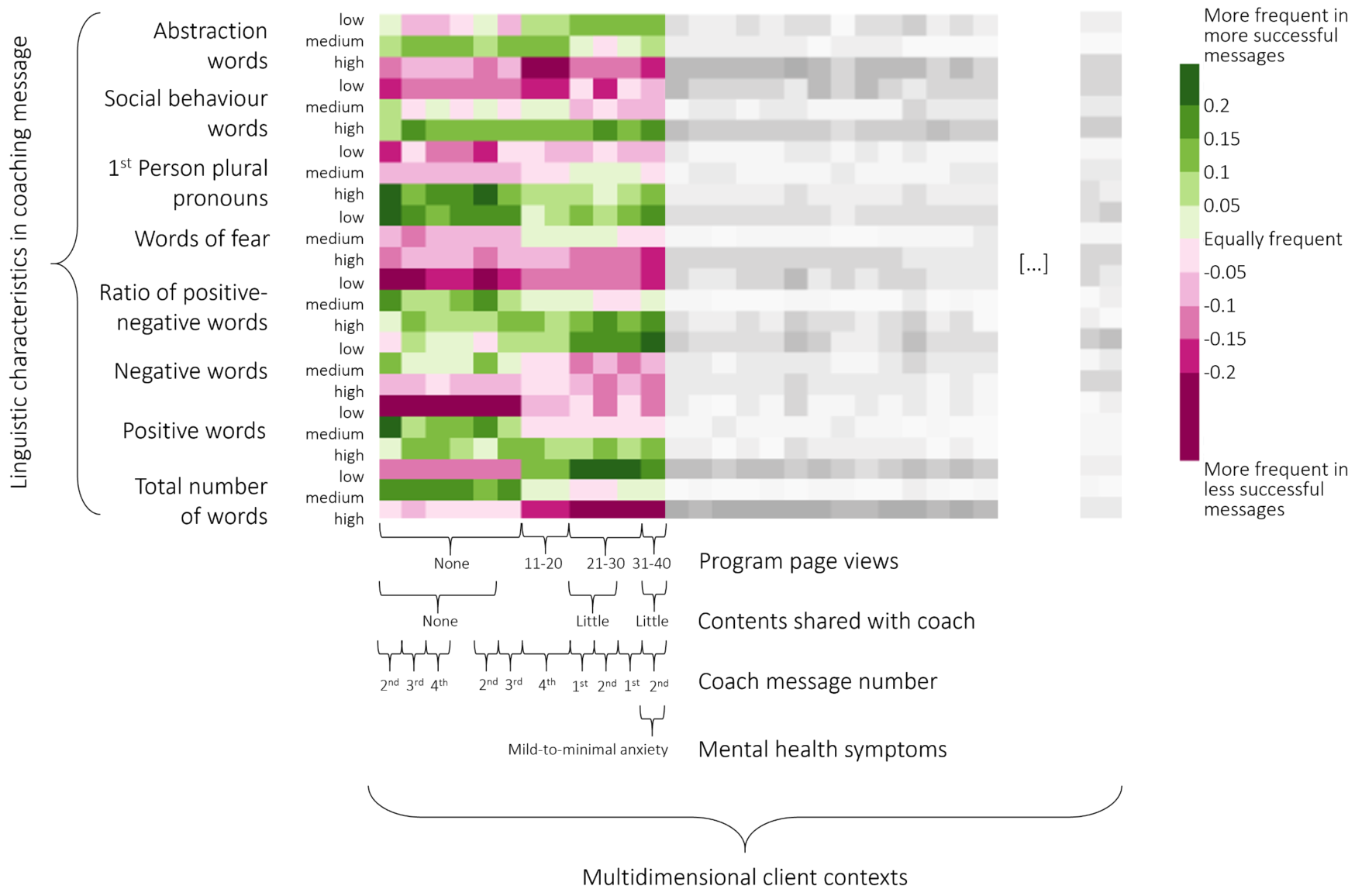Understanding Client Support Strategies to Improve Clinical Outcomes in an Online Mental Health Intervention
Online mental health interventions are increasingly important in providing access to, and supporting the effectiveness of, mental health treatment. While these technologies are effective, user attrition and early disengagement are key challenges. Evidence suggests that integrating a human supporter into such services mitigates these challenges, however, it remains under-studied how supporter involvement benefits client outcomes, and how to maximize such effects. We present our analysis of 234,735 supporter messages to discover how different support strategies correlate with clinical outcomes. We describe our machine learning methods for: (i) clustering supporters based on client outcomes; (ii) extracting and analyzing linguistic features from supporter messages; and (iii) identifying context-specific patterns of support. Our findings indicate that concrete, positive and supportive feedback from supporters that reference social behaviors are strongly associated with better outcomes; and show how their importance varies dependent on different client situations. We discuss design implications for personalized support and supporter interfaces

Publication: Chikersal, P., Belgrave, D., Doherty, G, Enrique, A., Palacios, J., Richards, D., & Thieme, A. (2020). Understanding Client Support Strategies to Improve Clinical Outcomes in an Online Mental Health Intervention. In Proceedings of the 2020 CHI Conference on Human Factors in Computing Systems (CHI 2020).
Link to Microsoft's blog post about my work
Related Workshop Paper: Chikersal, P., Doherty, G, & Thieme, A. (2020). Towards Using AI to Augment Human Support in Digital Mental Healthcare. In Proceedings of the 2020 CHI Workshop on Technology Ecosystems: Rethinking Resources for Mental Health.
My Contributions: This project was done during my internship at Microsoft Research. Led the design and conceptualization the project, and the analytics part of the project. Developed the data analysis methodology. Analyzed data using statistics and machine learning in Python and R. Presented results to the team, and led paper writing.
